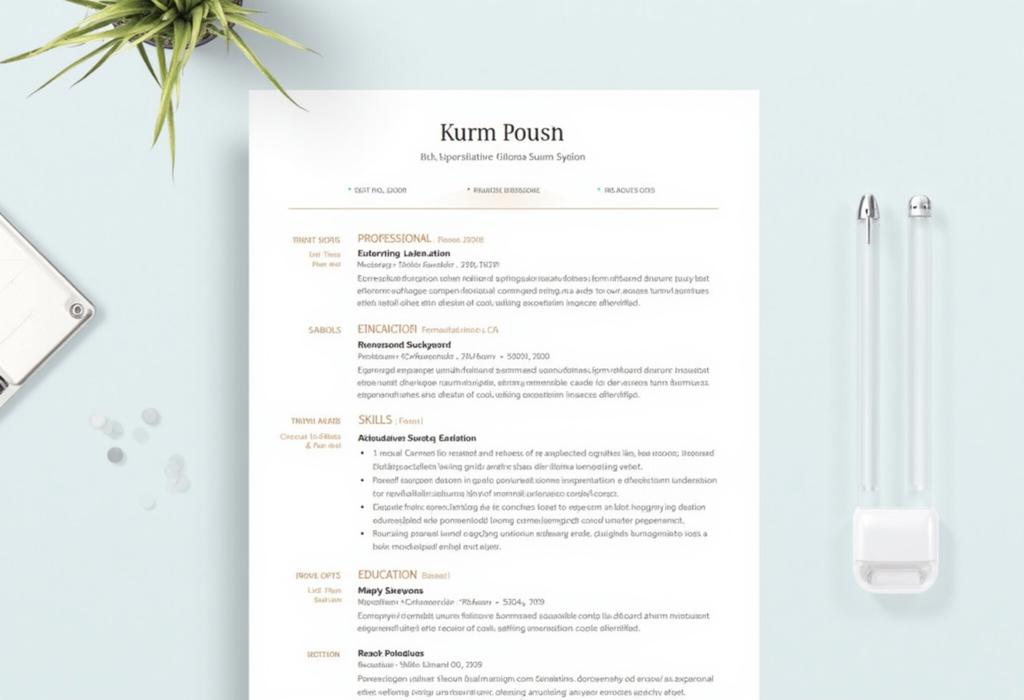For more details on this content, please review the step-by-step guide and frequently asked questions.
How to Start a Garden From Scratch

Step-by-Step Guide
Choose Your Garden Location
Select a spot in your yard or community that receives adequate sunlight, ideally 6-8 hours of direct light per day. Ensure good drainage, and accessibility for watering and maintenance.
Decide What to Grow
Consider the climate, soil type, and your space when choosing plants. Popular choices for beginners include tomatoes, peppers, carrots, and herbs like basil and parsley.
Gather Your Tools
Basic gardening tools include a spade, trowel, rake, hoe, and watering can or hose. You may also need mulch, compost, seeds or seedlings, and plant markers.
Prepare the Soil
Clear the area of weeds and debris. Loosen the soil with a shovel or tiller, and mix in compost to enrich it. Aim for a loose, crumbly texture that will allow roots to grow easily.
Plan Your Garden Layout
Design where to place each plant based on their size and growth habits. Taller plants should go at the back, with smaller ones in the front to ensure all receive sunlight.
Plant Seeds or Seedlings
Follow the planting instructions on the seed packets or plant labels. Sow seeds or transplant seedlings into the soil at the appropriate depth and spacing.
Water Your Garden
Water your newly planted garden gently to avoid disturbing the soil. Keep the soil consistently moist for the first few weeks as the plants establish roots.
Weed and Maintain
Regularly check your garden for weeds that compete for nutrients. Remove them by hand or with a hoe. Additionally, check for pests and diseases and take appropriate action.
Fertilize as Needed
Use organic fertilizers or compost to nourish your plants throughout the growing season. Follow application instructions to avoid over-fertilization, which can harm plants.
Monitor Growth and Harvest
Keep an eye on how your plants are growing. When they reach maturity, harvest them regularly to encourage continued production and enjoy the fruits of your labor.








